Sage isn’t just good in your food (though, it does just top off stuffing in the holiday season, doesn’t it?), it is also a great plant to grow in your garden. Related to the mint plant, and with the scent of lavender, it is not a surprise that the plant is a staple in kitchen cupboards all over the world.
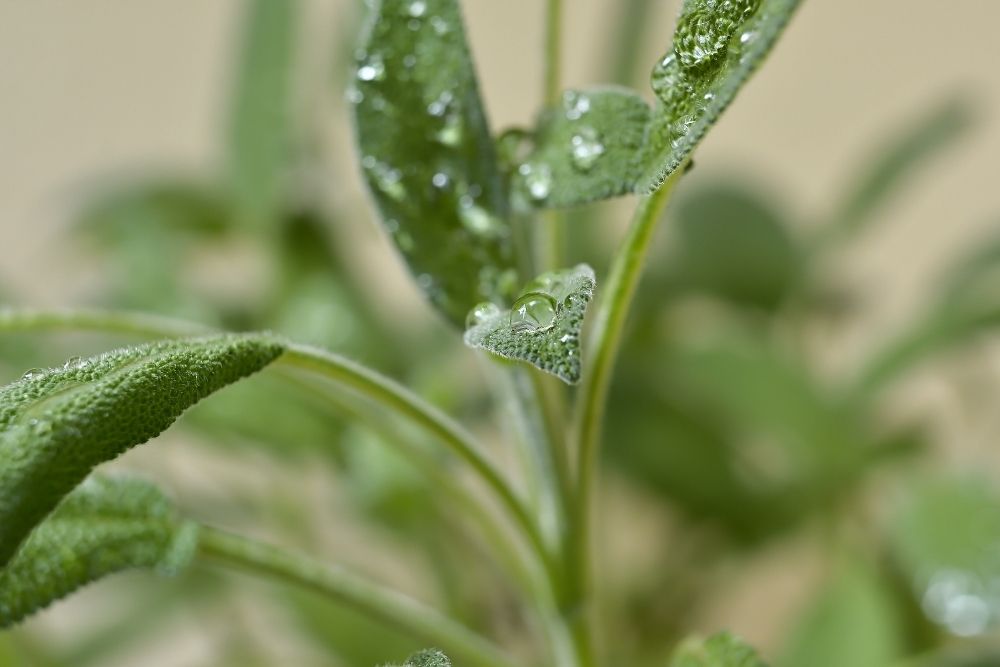
Though you are probably familiar with the culinary sage that you see in both dried and fresh form in your supermarket, sage is a whole family of different plants.
There are some that are a tasty herb to add to your roast dinners and pastas, others that have medicinal properties as well, and some that are grown as ornamental plants, and don’t serve any higher purpose for humans other than being beautiful.
There are a lot of different types of sage plants (also known as salvia plants). They come in both perennial or annual, blooming and non-blooming types, and usually come in green or variegated purple colors, though can also be seen with beautiful gold foliage too.
Their flowers range from lavender, to bright blue and cherry red in color.
Read on to find out all of the information you need to know about varieties of sage and their uses.
Culinary Sage Plants
The sage that you have in your garden (sometimes called common sage or Salvia officinalis) is the most well known variety of plant in the sage family. It is the sage used for cooking, used in roast dinners, pasta sauces, and even teas.
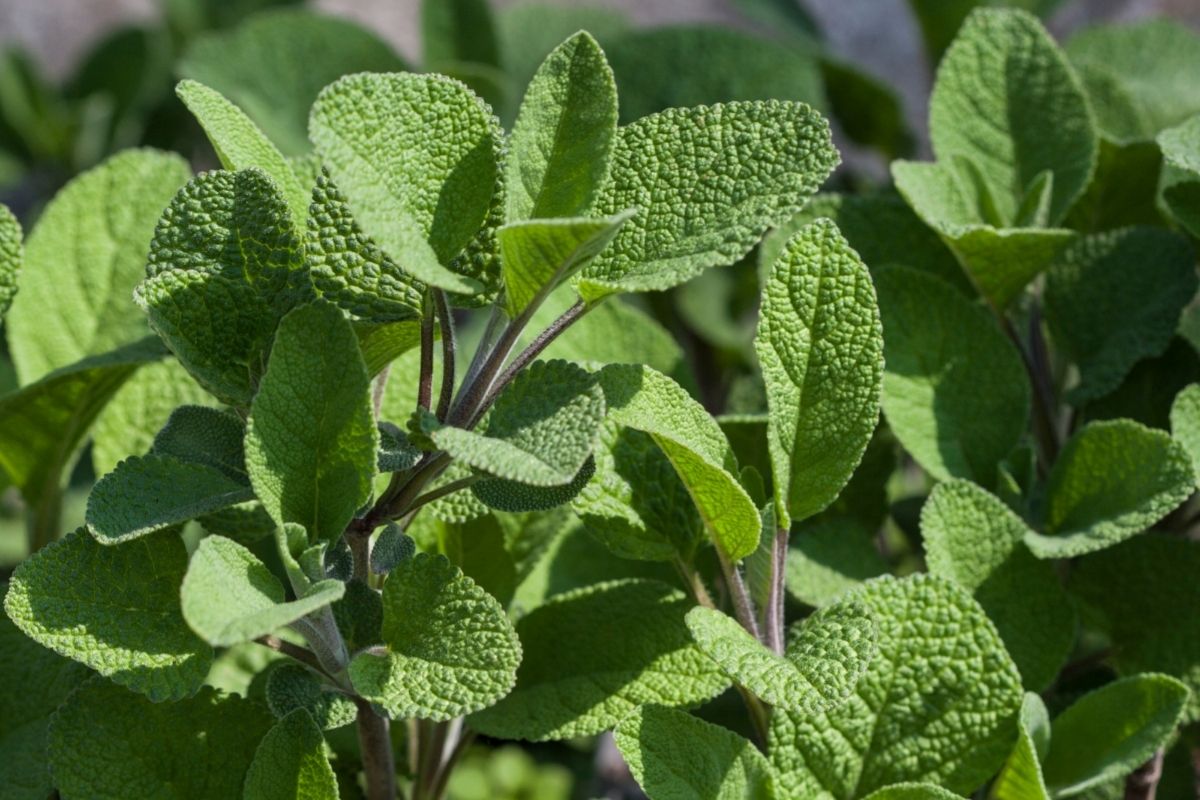
It is an incredibly hardy plant, that is able to bounce back every spring from even the coldest of winters. The common sage has silvery green leaves, that sometimes feel fuzzy and soft to the touch, whose flavor withstands heat quite well. It can be used in your cooking, both fresh and dried.
In addition to its colorful and flavorful foliage, the common sage plant is great for pollinators and beneficial insects, who are attracted to its lilacy blue flowers.
Though it is a hardy herb, garden sage usually becomes quite woody after a few years, and ceases to produce very many aromatic leaves, hence it needs to be replaced around every three to five years.
That being said, sometimes it can even bounce back from being uprooted and removed, sending new downy leaves up through the soil in the springtime.
There are a few different types of common garden sage plant varieties:
- Dwarf Varieties, which don’t grow taller than a foot, and typically have purple blue flowers.
- Purple Garden Sage, which, as you can maybe guess from the name, has purple leaves. Don’t confuse this with ornamental purple sage (official name purple salvia), which is not edible. The variety doesn’t bloom, which can help tell it apart from the other garden sages.
- Golden Sage, which is a creeping sage, that grows low to the ground, which beautiful gold and green variegated leaves. Its unique coloring can look very attractive in your garden, helping to accentuate the color of the other plants.
- Tricolor Garden Sage, which can look very similar to the purple garden sage, but can be told apart from it by the uneven variegation, and its white accenting.
- Berggarten Sage, which is a very similar plant to the common sage, only that it doesn’t bloom. It has the standard soft, silvery green leaves that you come to expect when thinking of sage.
Ornamental Sage Plants
1. Pineapple sage
The pineapple sage plant (which has the Latin name Salvia elegans), is a perennial flowering sage, that has tubular shaped red flowers. Their bright color attracts butterflies, hummingbirds, and other kinds of beautiful garden wildlife. Nowadays, it is usually grown as an ornamental plant, but it does also have a few medicinal uses and culinary uses as well.
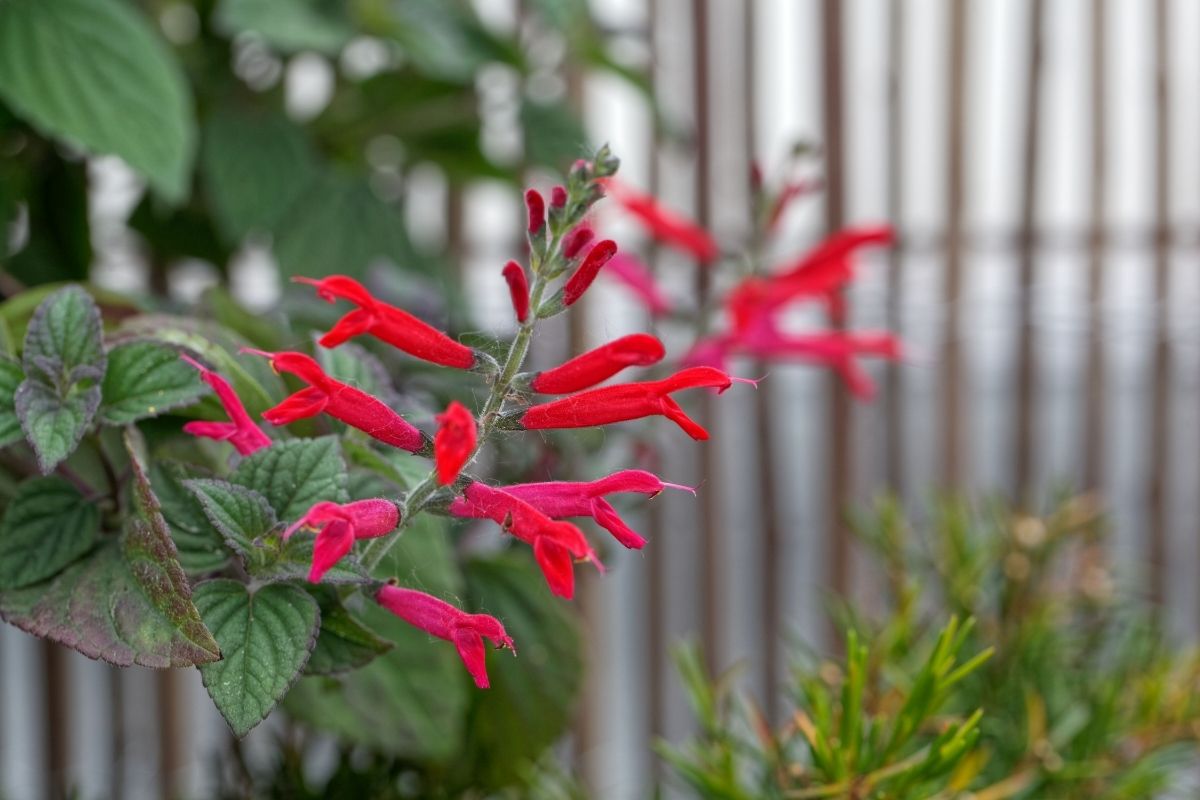
2. Grape scented sage
The grape scented sage plant which, despite the name, doesn’t actually sell of grapes. Instead, it can sometimes smell more like freesia flowers when it blooms. For a sage plant, it does get quite tall (when it reaches maturity, it can be 6 to 8 feet, or 2 to 2.25 m tall).
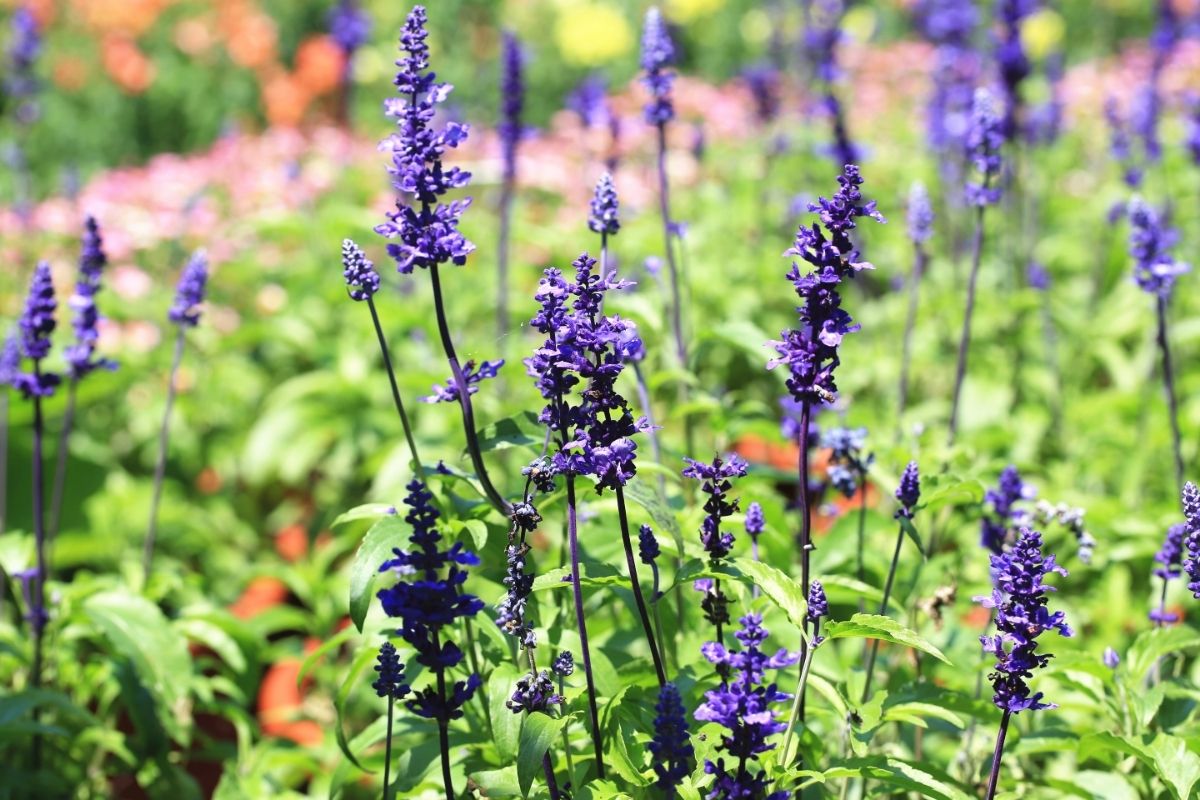
It is a later blooming sage, which attracts hummingbirds, butterflies, and other pollinators, the leaves and the flowers can be steeped to make a health boosting tea.
3. Scarlet sage
The scarlet sage plant (which has the Latin name Salvia spendens), is an annual plant that does best when in full sun, but can withstand partial shade and cooler conditions as well. It needs well draining soil, and very consistent irrigation, which can make it one of the more demanding of the sage plants.

As the name suggests, the blossoms of this sage variety are scarlet in color, and the flowers themselves can last from late spring all the way through until the first frost.
4. Mealycup sage
The mealycup sage plant (which has the Latin name Salvia farinacea)is generally considered to be an annual plant in most regions. Though not the tallest of the sage plants, it still reaches a height of 2 to 3 feet (which is equivalent to 0.5 to 1 m).
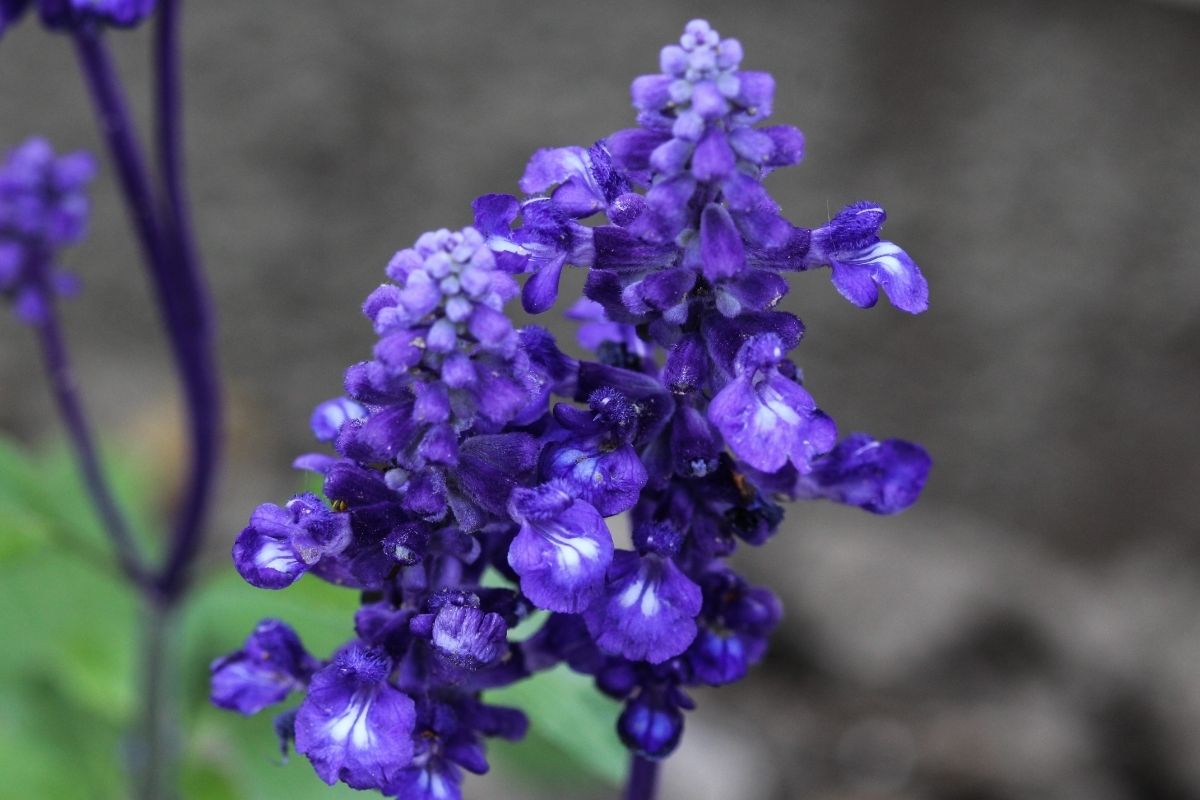
The flowers are quite spiky looking, and come in blue, purple, and white colors. There are a few varieties that have only hit the market in recent years, like the ‘empire purple’, the ‘strata’, and ‘Victoria blue’.
5. Mexican Bush Sage
The Mexican bush sage plant (Latin name Salvia leucantha) reaches heights of 3 to 4 feet (about 1 m) hails from Mexico.
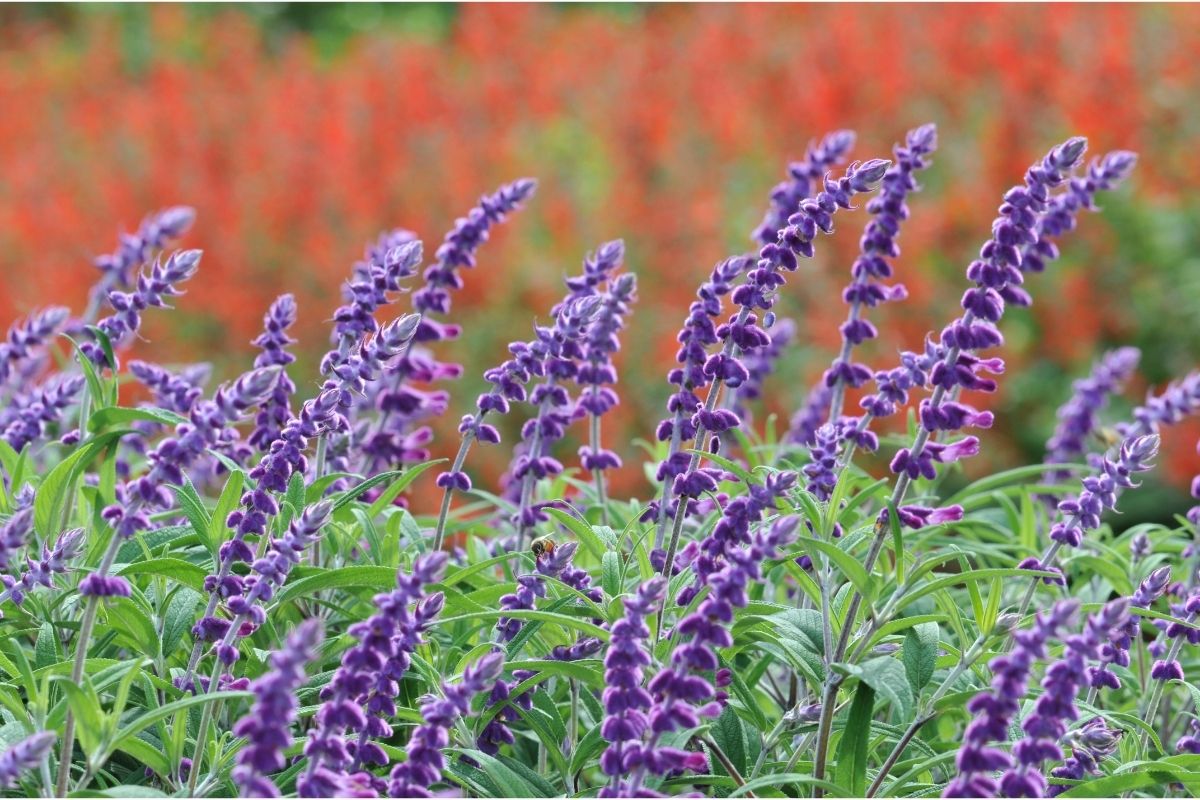
It is used to the hot baking sun in its native land, and is therefore drought tolerant, though it is quite a tender perennial in other ways. The plant produces large spikes of purple and white, which can add a great accent to your garden.
6. Autumn Sage
The autumn sage (with the Latin name Salvia greggii) is a sage plant that is best suited to cooler environments. To grows beautifully all year round, without faltering even in the chilliest parts of the year. It still can be found growing well in warm zones, as it is a drought tolerant plant.
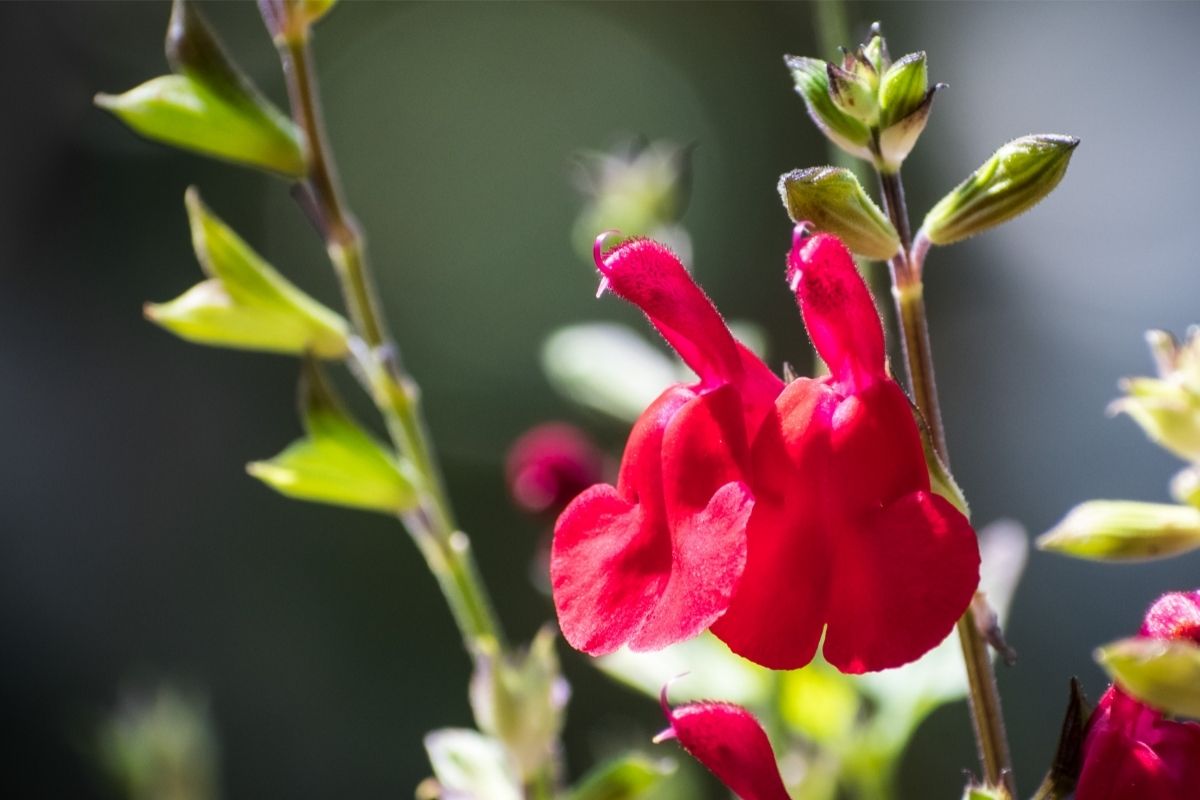
The plant can get to 3 feet in height, so long as it is growing in well-drained soil, and has a high enough humidity in the air.
It produces a flash of bright pink, purple, orange, or red flowers. It can be found in gardens becasue of these stunning flowers, which haev made it a highly attractive ornamental plant. It is usually grown for its looks, rather than its culinary usesm though it does have a minty scent and taste, so can be used in the kitchen.
7. Blackcurrant Sage
The blackcurrant sage plant (which has the latin name Salvia microphylla) is a sage plant that grows best in high elevations, and loves cold climates. It is noather ornamental sage that can be used in the kitchen as well, and dues to its delicate flavors, it is often used in desserts.
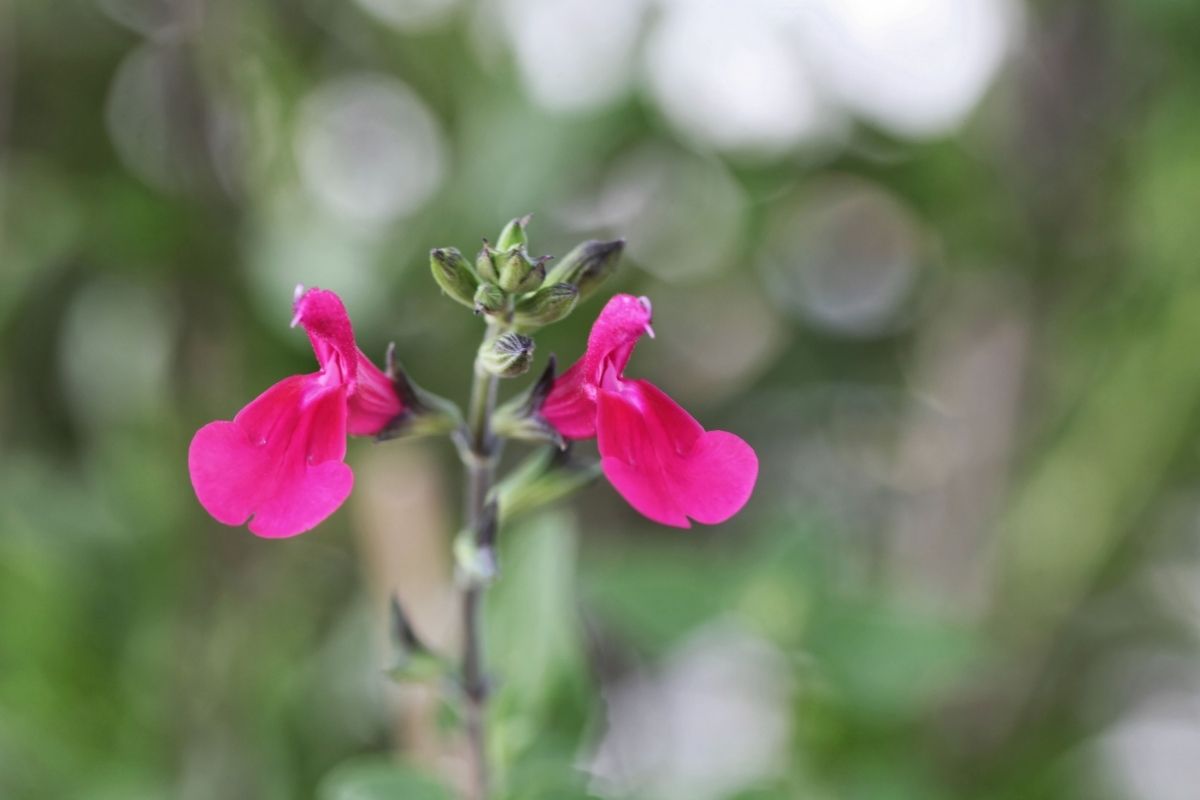
In spite of its culinary uses, it is still a delightful ornamental plant, with long stems of purple flowers that will stand out in any garden. In the right environment (which would have well-draining soils, but also humidity), it will thrive, and grow uo to and over three feet in height.
8. Clary Sage
The clary sage plant (with the Latin name Salvia sclarea) is not commonly found growing in the US, prefering African and Asian soils. It is used in cuisine a lot, as well as a scent in many perfumes. It thrives in highly humid regions, and needs moist soild as well.
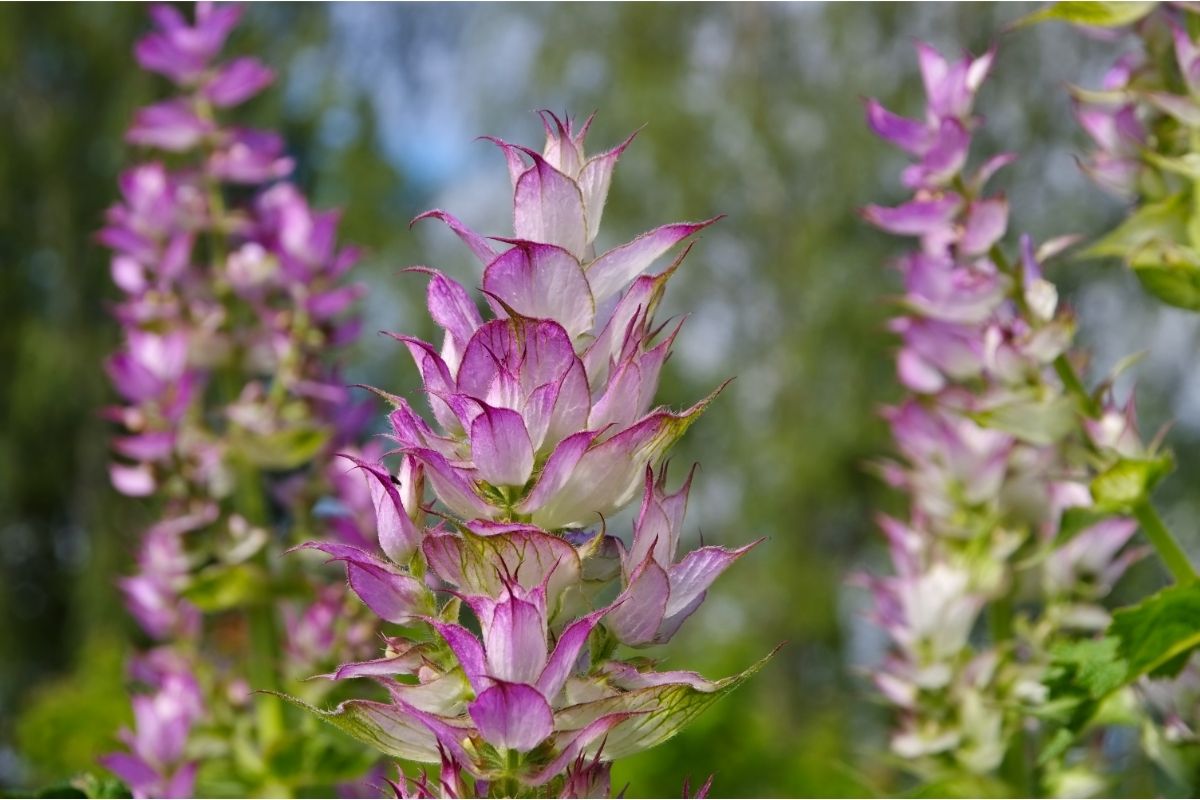
It can grow up to 4 feet tall, though to achieve this, it needs constat watering, and cold temperatues. Though it isnt the tallest sage, it can still be quite imposing, with flowers that develop from pink to purple, even to deep red, helping to make it stand out in any garden.
9. Greek Sage
Greek sage (which has the Latin name Salvia fructosia) produces lovely, pure white flowers, complimenting other Mediterranean inspired colors in your garden. You can also find it in stores as the Faskomilo tea, as the foliage are prized for their flavor – which is minty and refreshing.
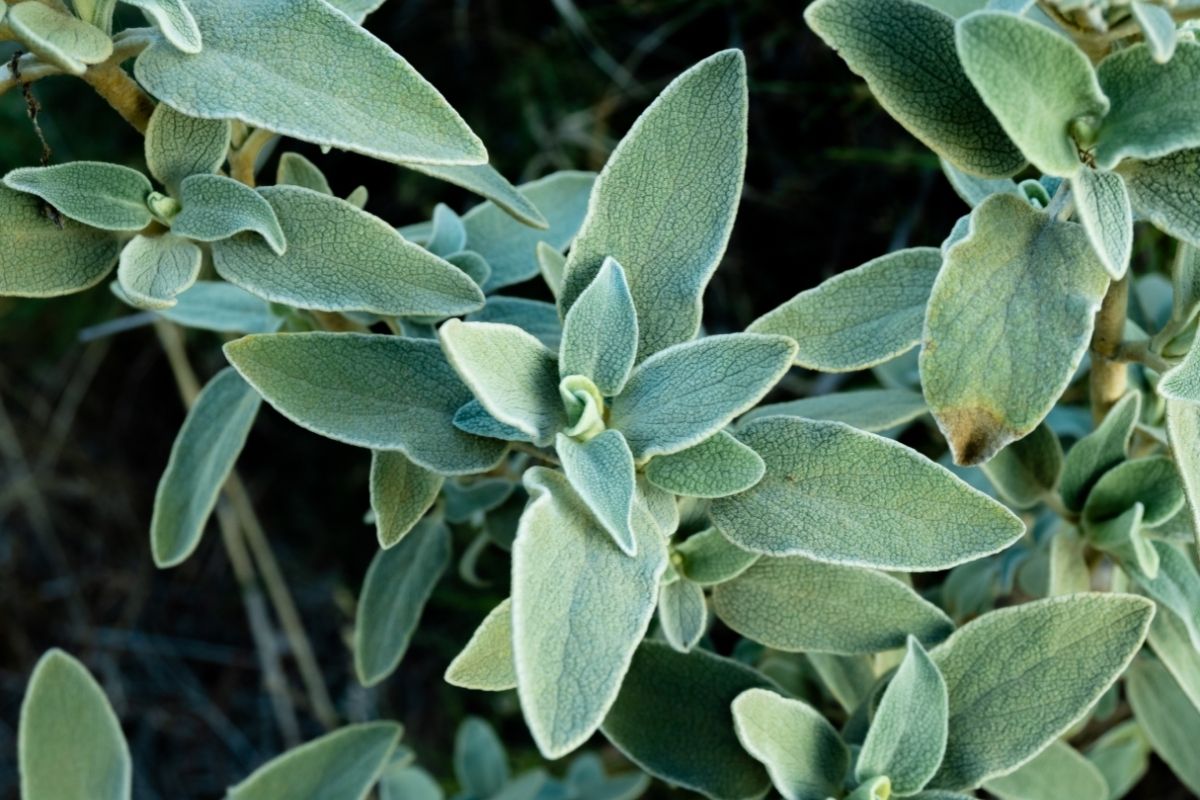
This sage plant fares best in warmer areas, that tend to mirror the conditions of the on their native Greece. It will also grow better in areas that have high humidity, as both dry air and drought can stress the plant.
10. Hummingbird Sage
The hummingbird sage plant (which has the Latin name Salvia spathacea) is one of the darkest colored sage plants on the market. It grows both dark green leaves, and dark purple flowers. Each of the dark burgundy toned flowers grows in a spike formation, and can be over 4 feet tall when in the right conditions.

As well as having strikingly dark coloring, the sage plants are known for their ease to grow, as it doesn’t mind a little bit of shade or drought, where other types of sage can be a little finicky. Because of its adaptability, this herb can spread very fast, and is pretty resistant to both diseases and pests.
It is a great ornamental plant because of its striking leaf and flower coloring, and is rarely used in the kitchen.
Final Thoughts
Sage is one of the most commonly grown garden herbs, due to its ease, adaptability, and the fact that there are so many varieties (so you are guaranteed to find one that will thrive in your zone and garden conditions).
With different varieties of the plant having different flavor profiles, you will be able to find one for any dish you could dream up.
But, the sage plant isn’t just grown for their delicious flavor – they are also a prized ornamental plant, that come in a wide range of foliage and flower colors.
Some dwarf varieties only grow to be a foot tall, whereas others can reach heights of 8 feet, filling your garden with beautiful spears of colorful flowers, and the minty lavender scent of sage.







